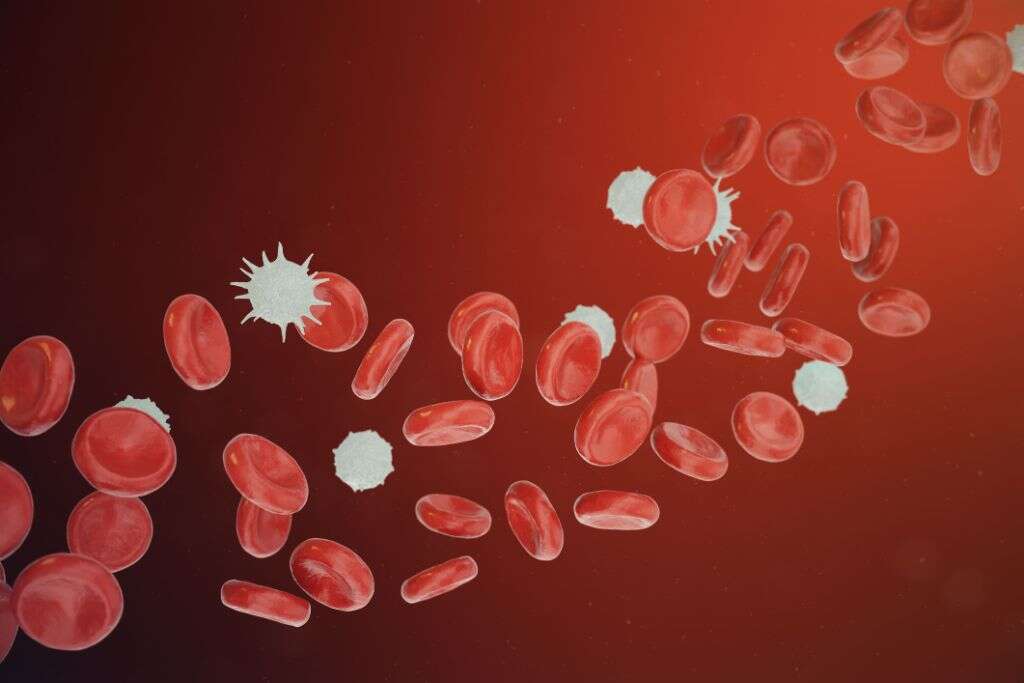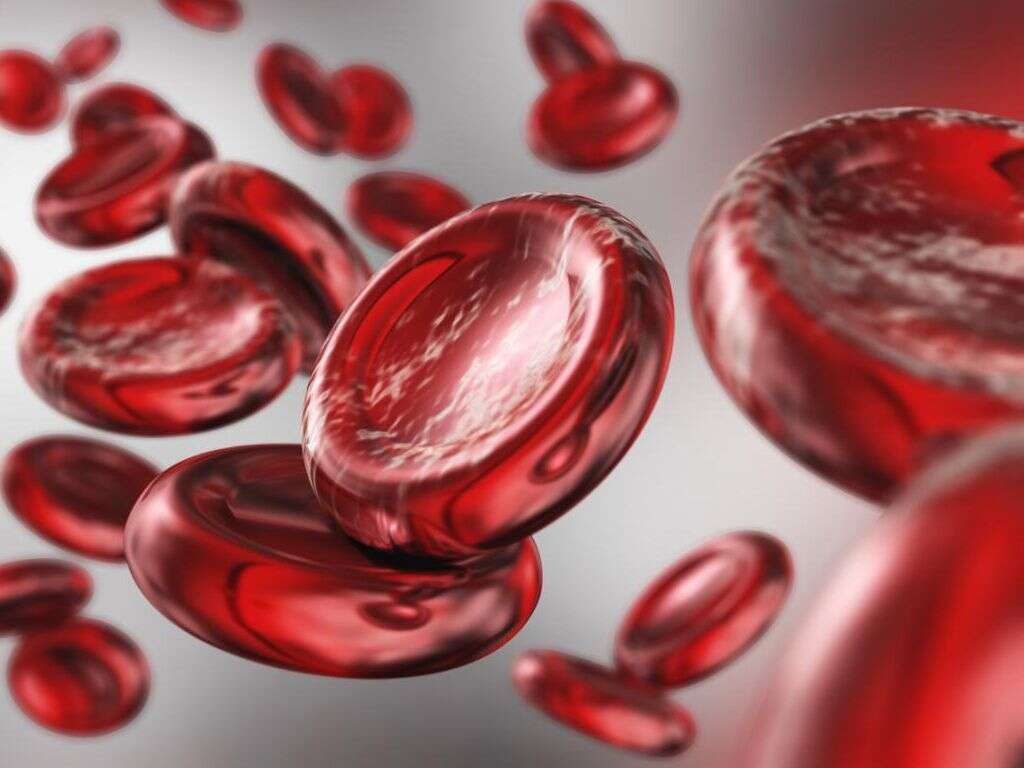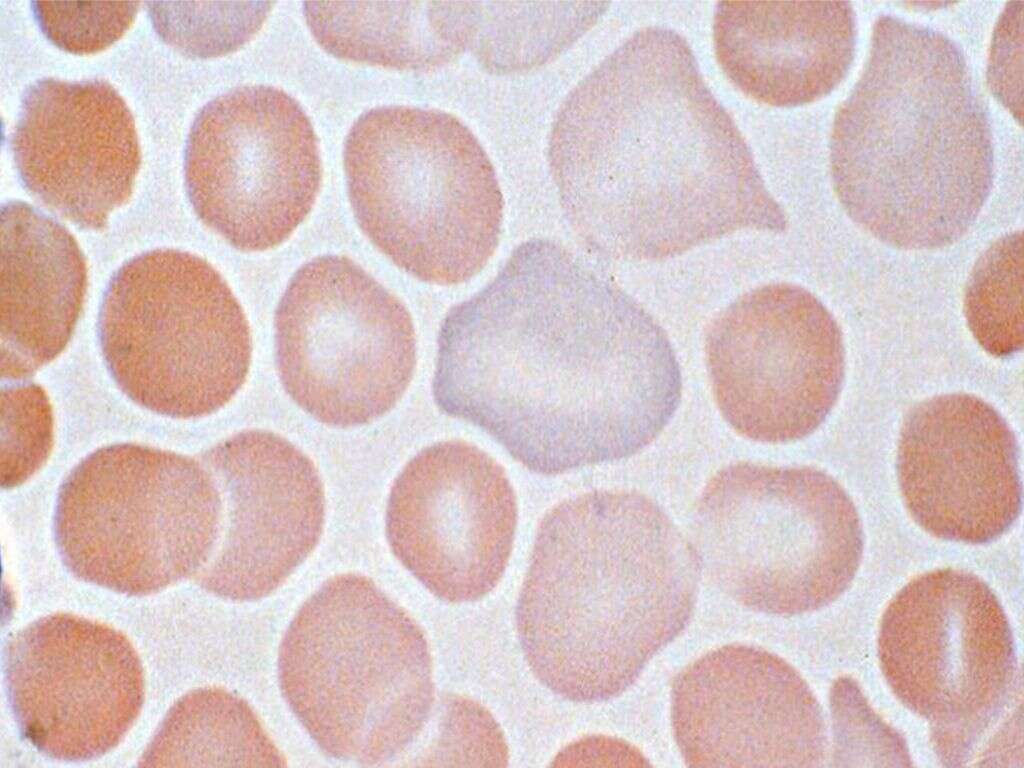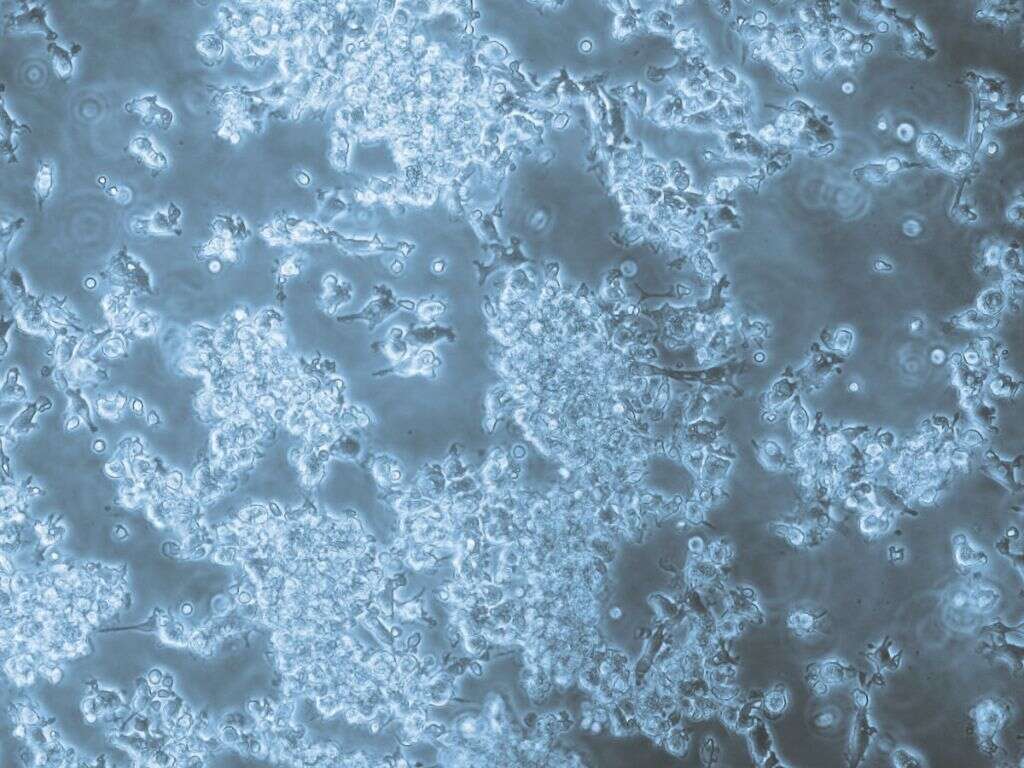What Are White Blood Cells?
If we cut ourselves, we give pathogens a way to get inside the body where they can do us some real harm. Some pathogens are also inhaled or ingested from the air, what we eat, and what we drink. They can also be transmitted from person to person in saliva and other bodily fluids.
With so many threats around us, we need a way to keep us safe, and this is where white blood cells come in. They form an important part of our immune system and perform a number of roles, most of which involve detecting and destroying unwelcome intruders.
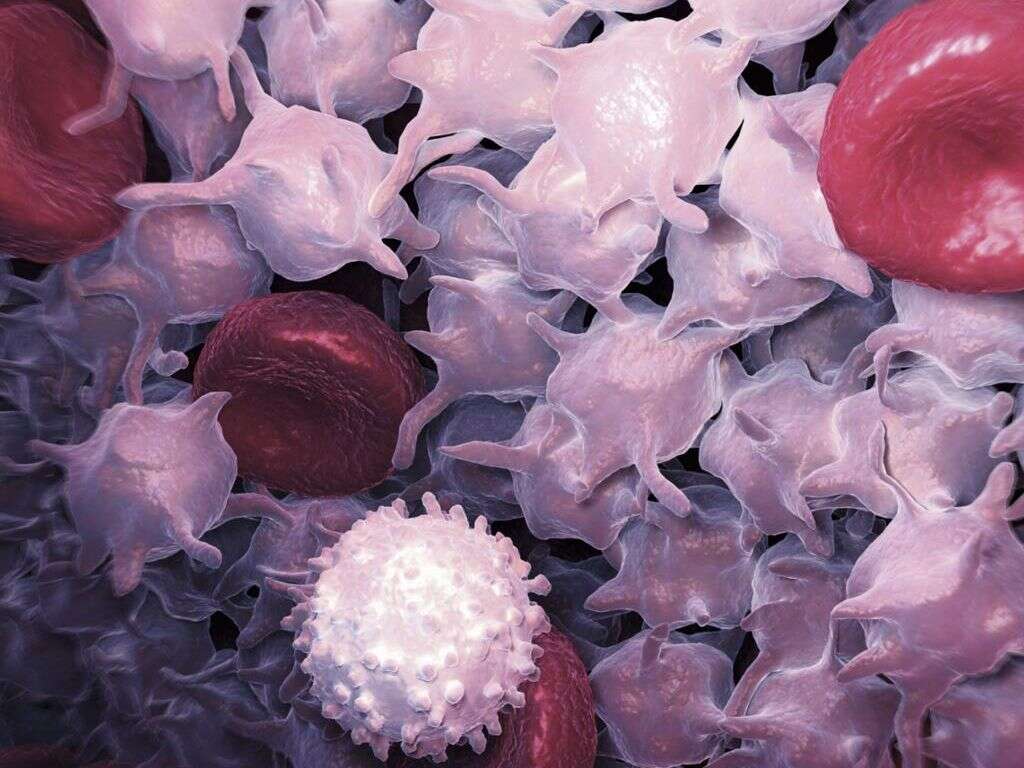
1. Red Blood Cells
In order to understand what white blood cells are, it is important to differentiate them from another type of blood cell: Red blood cells. Red blood cells are the most numerous type of blood cell and it is their red color that causes our blood to be red also.
The red color comes from their high iron content, and the iron enables them to carry oxygen around the body. If we were to lose too many red blood cells then we would basically asphyxiate as our body is starved of oxygen. Red blood cells are made in the bone marrow, and they have a life of approximately 4 months.
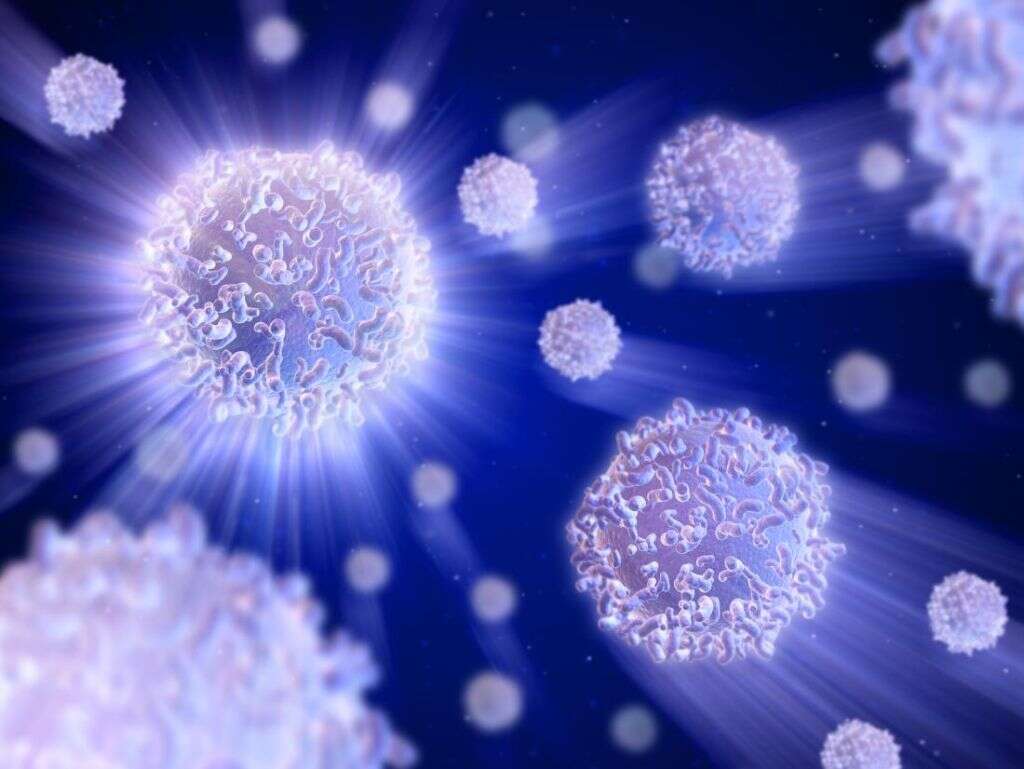
2. Neutrophils
White blood cells perform a very different function than red blood cells. Their function is to protect the body against invaders, while they also help in keeping the body clean. The most numerous type of white blood cells are neutrophils, and these make up around half of all white blood cells in our bodies.
Neutrophils are the first responders of the body. They get to the front line as soon as an invader is detected and they send out chemical signals to alert other white blood cells to go to the scene. Around 100 billion of these are produced every day, but they have a life of around 13 to 20 days. Pus is made of mostly of these cells.
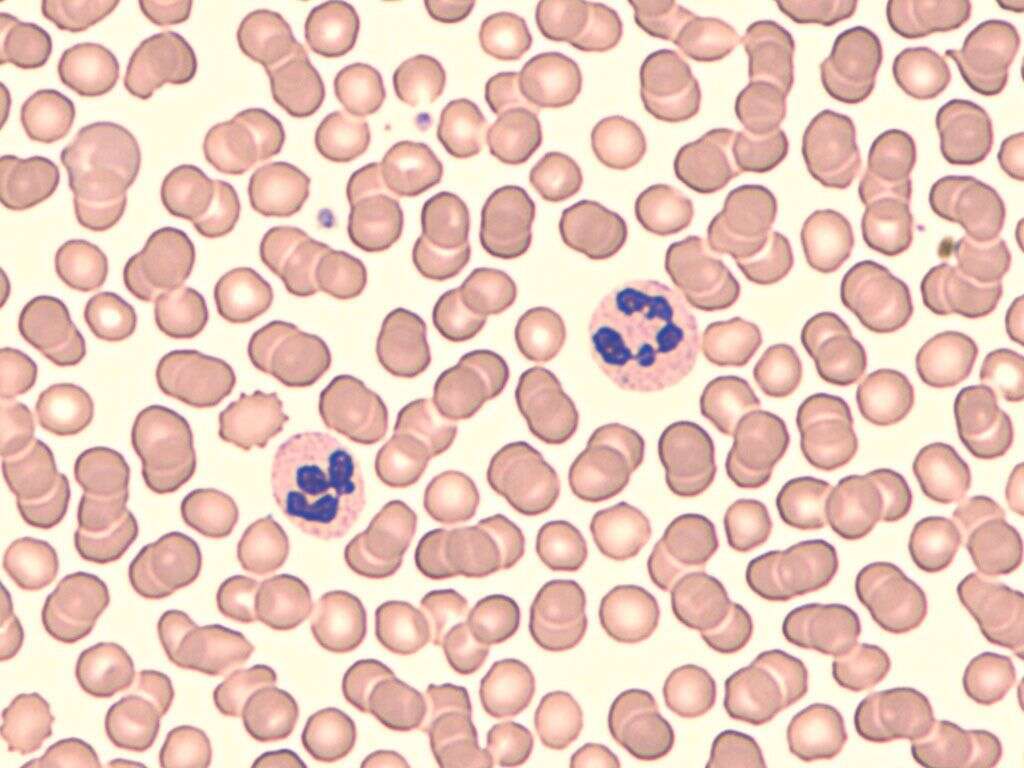
3. Eosinophils
Eosinophils make up only around 5 percent of the white blood cells in the body, but still they perform a very important function. They are on the front line when unwelcome bacteria are detected, while they also help to keep us safe from parasites. They are also associated with cancer and a high eosinophil count can indicate a serious problem.
Eosinophils are perhaps noted for their association with allergies. When an allergen is detected, it is usually eosinophils that are responsible for the response that results in the symptoms of allergies. Allergic reactions can be deadly in a very small number of cases.
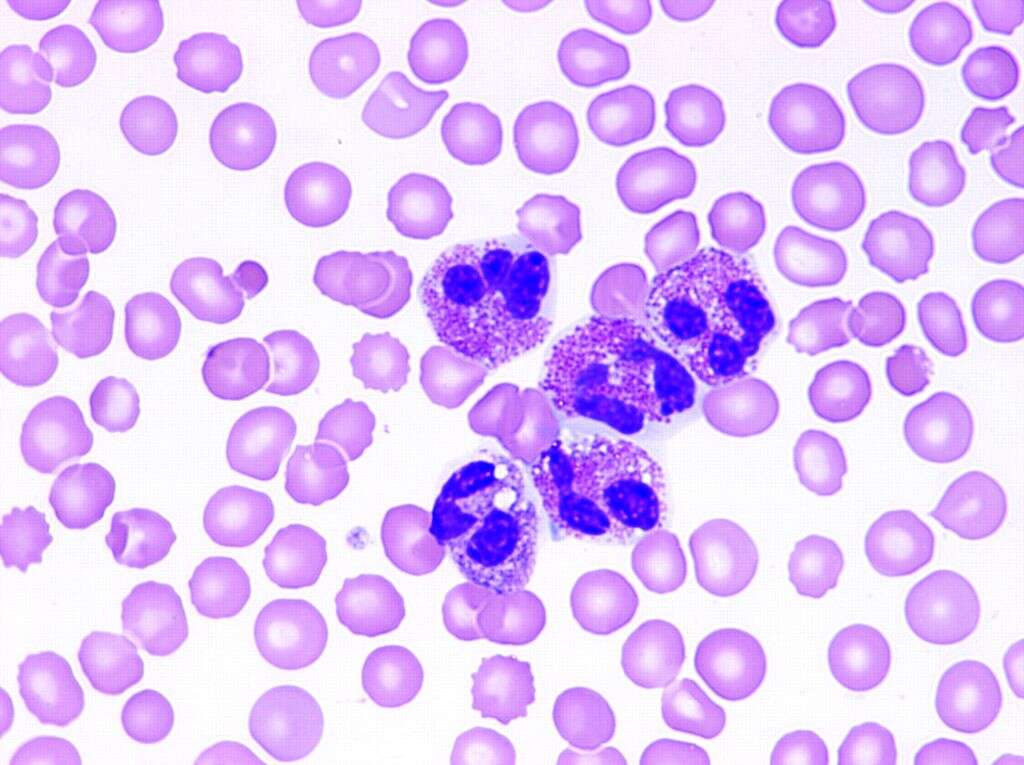
4. Basophils
Basophils are relatively rare in our bodies, accounting for only around 1% of all white blood cells. They help to protect us by responding to pathogens in the body by producing chemicals, including histamines. Histamines are a chemical that many people with allergies will be aware of because it’s this chemical that causes allergy symptoms.
While allergy symptoms are often irritating, histamines are still beneficial because they help remove genuinely harmful invaders from the body. Allergies occur when the body recognizes something as being harmful when it actually poses no threat to us – such as pollen. Basophils are closely associated with asthma as their response can result in constriction and/or inflammation of the airways.
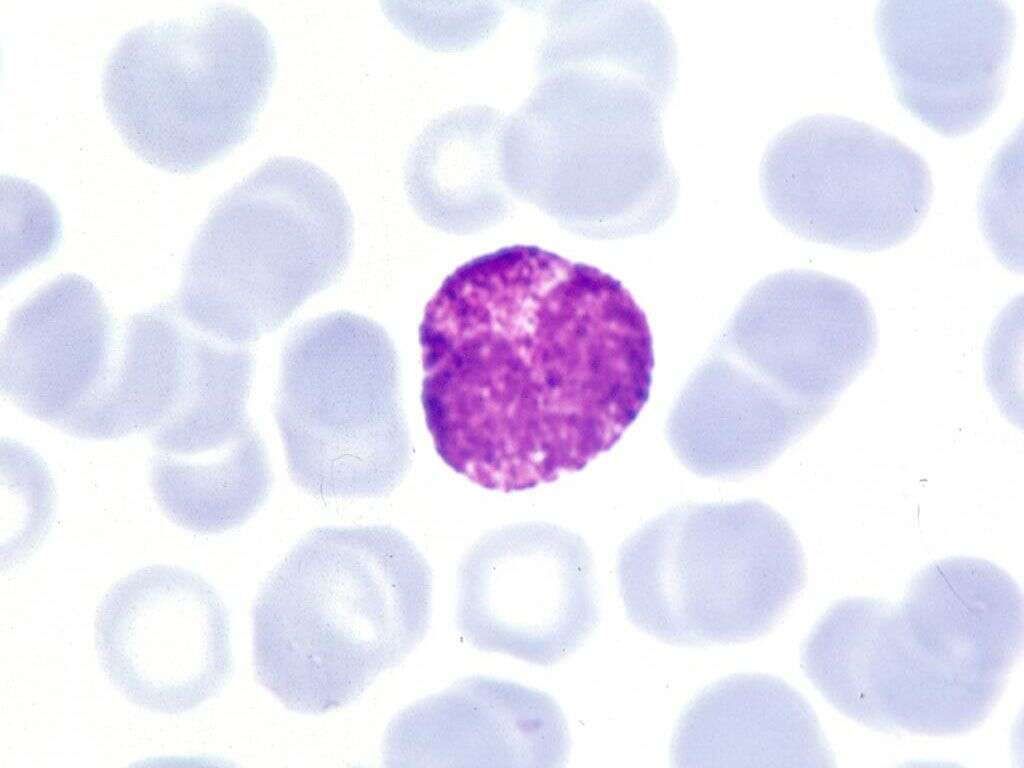
5. Lymphocytes
B lymphocytes play an important role in our immune system because they help the system to remember specific threats. This allows a quick response against such threats should they return in the future. They are responsible for producing the antibodies that help attack intruders and are a key component in many modern vaccines.
T lymphocytes also play a very important role in tackling unwelcome intruders. They are often referred to as killer cells because of the way they kill pathogens directly. Both are found in lymph, which is the fluid found circulating in the lymphatic system; a key component of our immune system.
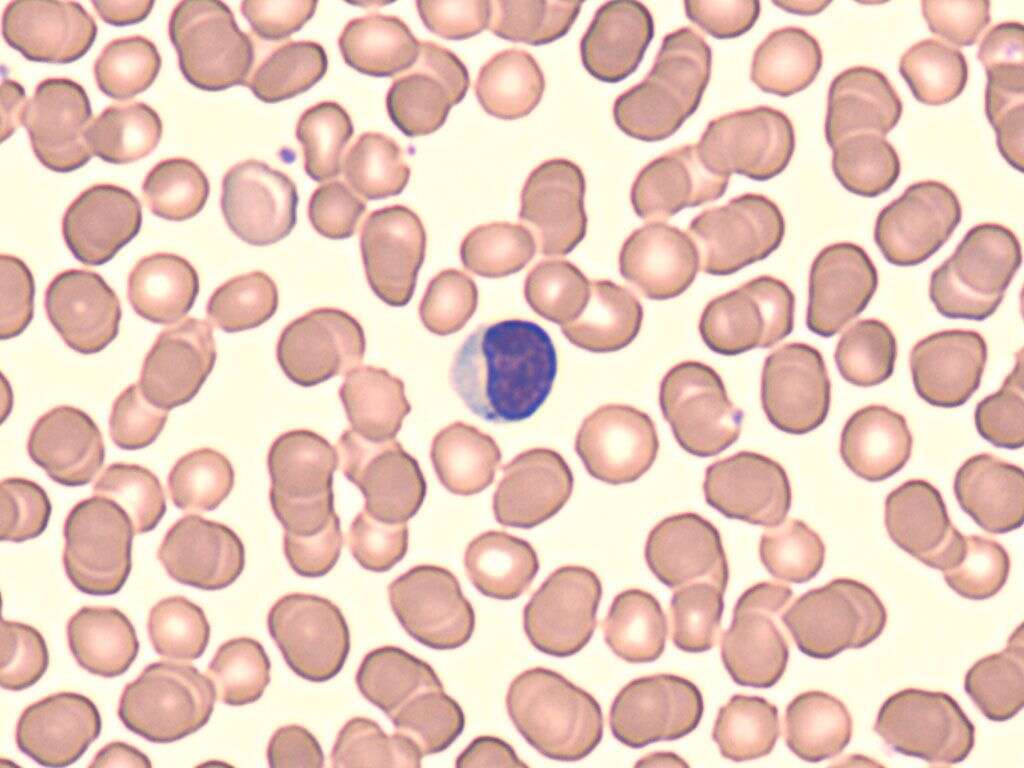
6. Monocytes
Monocytes make up around 5 - 12% of the white blood cells in our system. They are made in our bone marrow and will live for several days. They patrol the body until they find pathogens, at which point they turn into a macrophage. The macrophage will then destroy the pathogen by engulfing and destroying it.
Monocytes also perform another very important function, which is to help keep the body clean. When cells in our body die, they need to be removed and monocytes are largely responsible for this. Monocytes are also very important because they help with the healing and repair of our bodies.
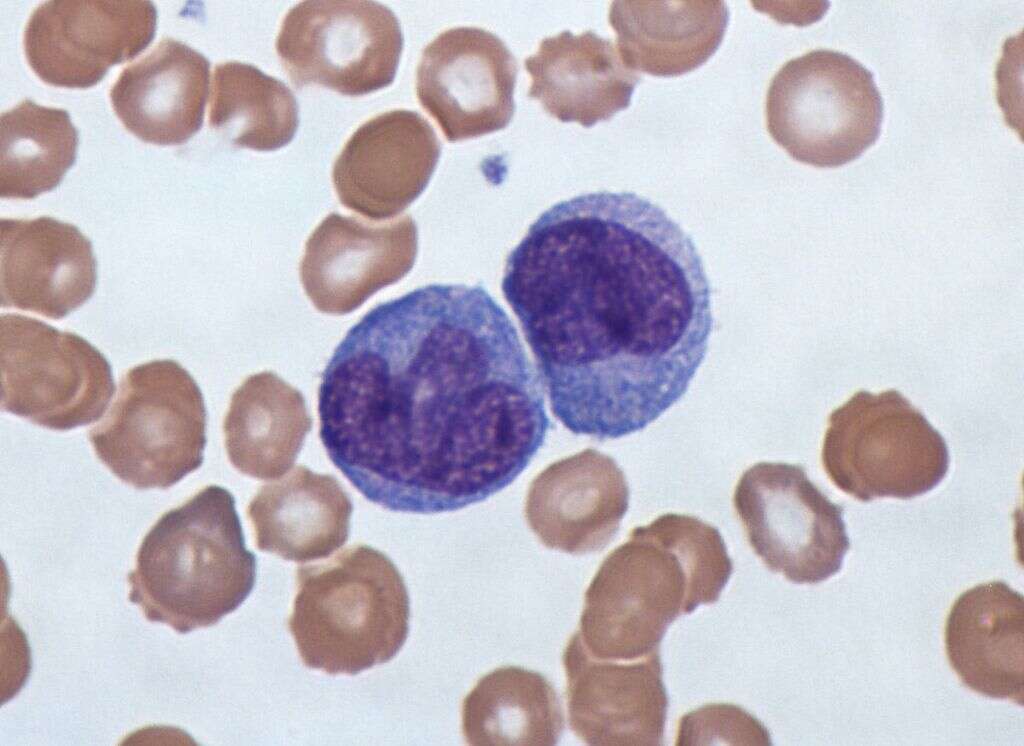
7. Antibodies
Antibodies, which are also known as immunoglobulin, are Y shaped proteins that form an essential part of the immune system. They are released by certain white blood cells in response to certain pathogens. There are 5 known isotypes and each type performs a different function in different parts of the body.
You have probably heard of antibodies and will recognize that they are one of our key defenses against pathogens. They work by binding closely to pathogens, effectively leaving the pathogen unable to do us any harm They are effective against a range of potential threats including viruses, bacteria, and parasites.
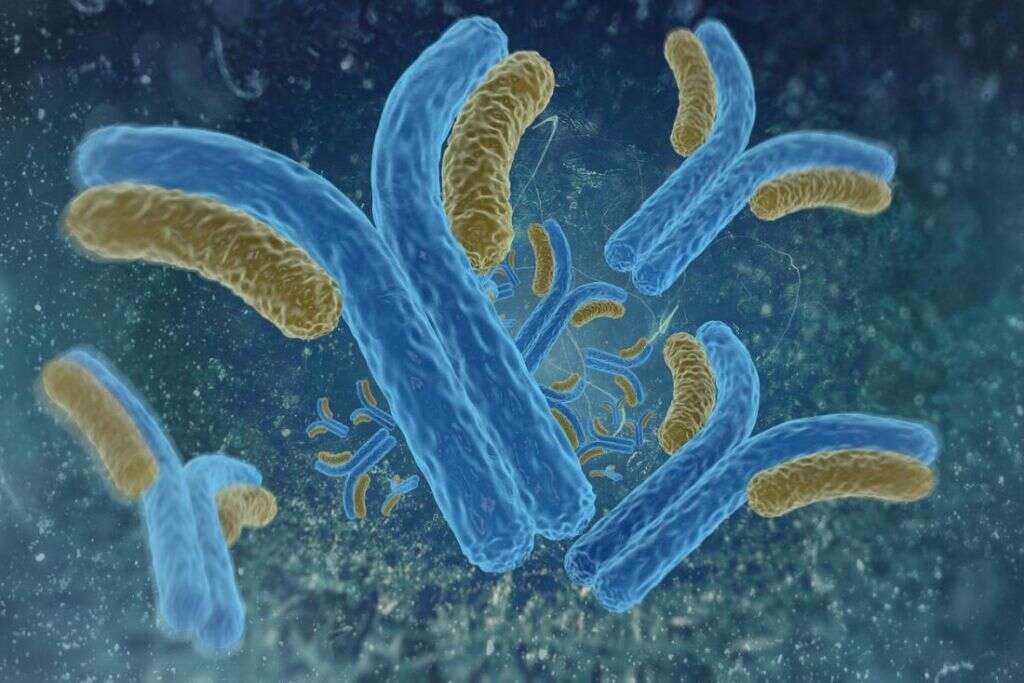
8. Formation
White blood cells are made in a process known as hematopoiesis. All of our blood cells originate from another type of cell, known as hematopoietic stem cells, and these will eventually evolve into another type of cell as required. This process occurs in our bone marrow.
White blood cells have a short life span, so they are always being produced by the bone marrow. Once they have been manufactured, they will travel in the blood and/or in the lymphatic system. Some will be housed in the lymph nodes, which are small glands responsible for helping to remove pathogens from the body.
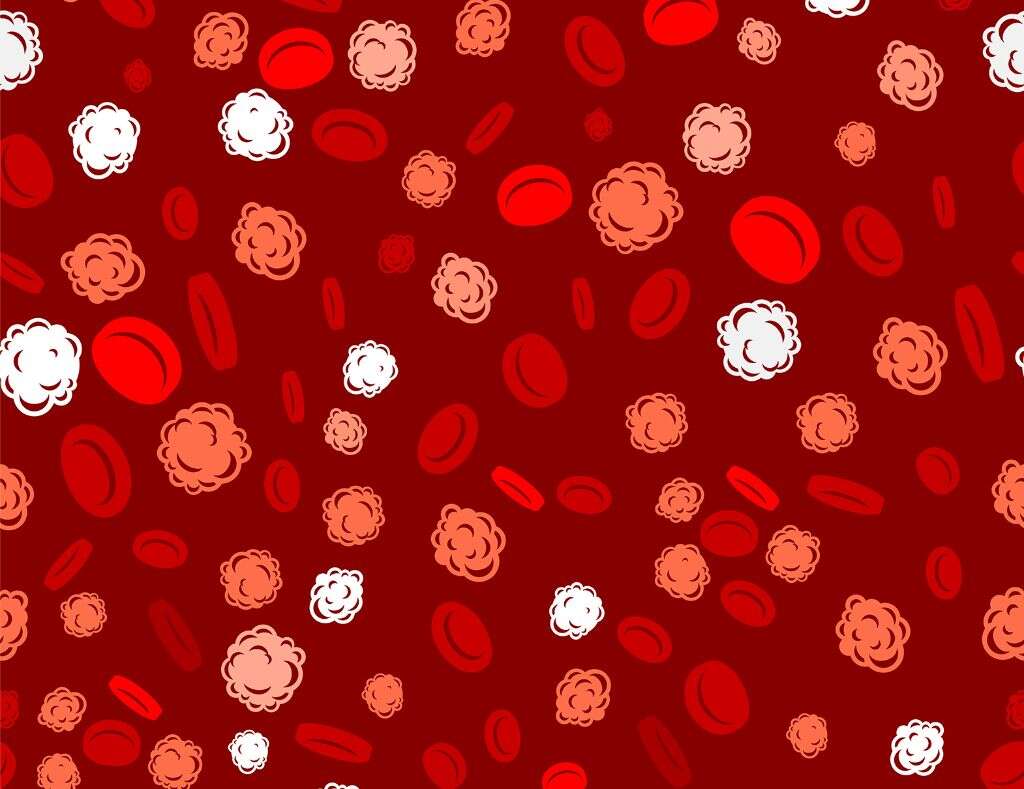
9. High White Blood Cell Count
While white blood cells are very important to us, they can cause problems if there are too many of them in the system. It can happen because too many are released from the bone marrow, or because too many are being produced. There are a number of reasons why this can happen, and these include stress, infection, cancer, pregnancy, some medication, smoking, and allergies.
Although a high white blood cell count might be caused by something serious, the condition itself does not necessarily cause symptoms. Symptoms, if they do arise, will generally include bleeding, bruising, fainting, fever, pain, and weight loss.

10. Low White Blood Cell Count
While some people will have too many white blood cells in their body, others can experience having too few. It often means that, for some reason, your bone marrow is not producing enough white blood cells. This is usually caused by conditions like problems with the bone marrow, some cancers, medication, severe infections, and some autoimmune disorders.
Depending on the specific case, patients with a white blood cell count are more prone to infections. After all, it is our white blood cells that usually keep us safe from infections. Treatment will often involve medication, while blood transfusions are also sometimes necessary.
